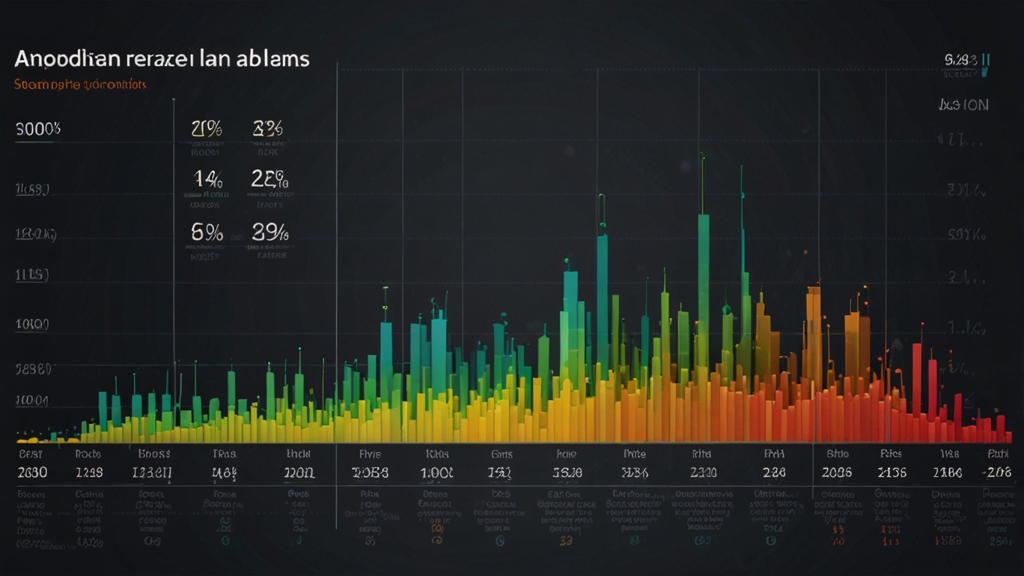Tracking the Evolution of Crucifixion in History
Crucifixion, a method of capital punishment that involves nailing or binding a person to a large wooden cross, is one of the most infamous forms of execution in human history. This brutal practice is often associated with the Roman Empire, particularly the crucifixion of Jesus Christ, but its roots and evolution are deeper and more complex. This article traces the historical development of crucifixion and examines its impact throughout the centuries.
Origins and Early Use
The precise origins of crucifixion are difficult to pinpoint, but evidence suggests that it may have begun among the ancient Persians. Historians believe that the Persians used this form of execution as early as the 6th century BCE. Xerxes I, the Persian king known for his campaigns against Greece, is recorded to have crucified enemies and rebels as a means of instilling fear and exerting control.
The practice then spread to other ancient cultures, including the Carthaginians, Egyptians, and early Greeks. Each civilization adapted crucifixion to their own methods and purposes, often using it to punish criminals, slaves, and political dissidents. Over time, crucifixion evolved to become not only a means of execution but also a tool of humiliation and deterrence.
Crucifixion in the Roman Empire
The Roman Empire is perhaps the most notorious for its use of crucifixion. The Romans refined and systematized the practice, incorporating it into their legal and military protocols. Crucifixion was primarily reserved for slaves, the lower classes, and enemies of the state, including rebels and traitors. This form of punishment was deemed too dishonorable for Roman citizens, who were typically beheaded or executed by other means.
“Crucifixion was an exceedingly cruel and torturous method of execution. The victim could take days to die, suffering unimaginable pain and anguish. This slow and public death served as a powerful deterrent against those who might defy Rome.” - Ancient Roman Historian
Perhaps the most famous crucifixion in history is that of Jesus Christ, which played a pivotal role in Christian theology. According to the New Testament, Jesus was crucified under the Roman governor Pontius Pilate around 30-33 CE. His crucifixion became a symbol of sacrifice and redemption, central to the Christian faith. The widespread depiction of Jesus on the cross in Christian iconography underscores the profound cultural and religious significance of crucifixion in Western history.
The Decline and Abolition of Crucifixion
As the Roman Empire transitioned into the Byzantine Empire, the practice of crucifixion began to decline. In 337 CE, the first Christian emperor of Rome, Constantine the Great, outlawed crucifixion. His decision was likely influenced by his conversion to Christianity and the desire to distance the empire from the brutal execution that had become inextricably linked with the crucifixion of Jesus.
Despite the official abolition, similar methods of execution continued in various forms throughout medieval Europe and the Middle East. For example, impalement and other gruesome practices carried on the legacy of using public death as a deterrent, although they were not identical to crucifixion.
"The symbol of the cross has transformed from an instrument of shame and torment into a powerful emblem of faith, hope, and resilience over the centuries." - Modern Historian
Modern Perception and Legacy
In contemporary society, crucifixion is universally condemned as a barbaric and inhumane method of execution. However, its historical impact is undeniable. Crooked beams and crucifixes are not only central to Christian imagery but also echo in our cultural, historical, and social understandings of justice, suffering, and redemption.
The legacy of crucifixion continues to be a poignant reminder of humanity’s capacity for both cruelty and profound resilience. As we study this dark chapter of history, it is essential to reflect on the evolution of human rights and the ongoing struggle to end inhumane practices worldwide.







